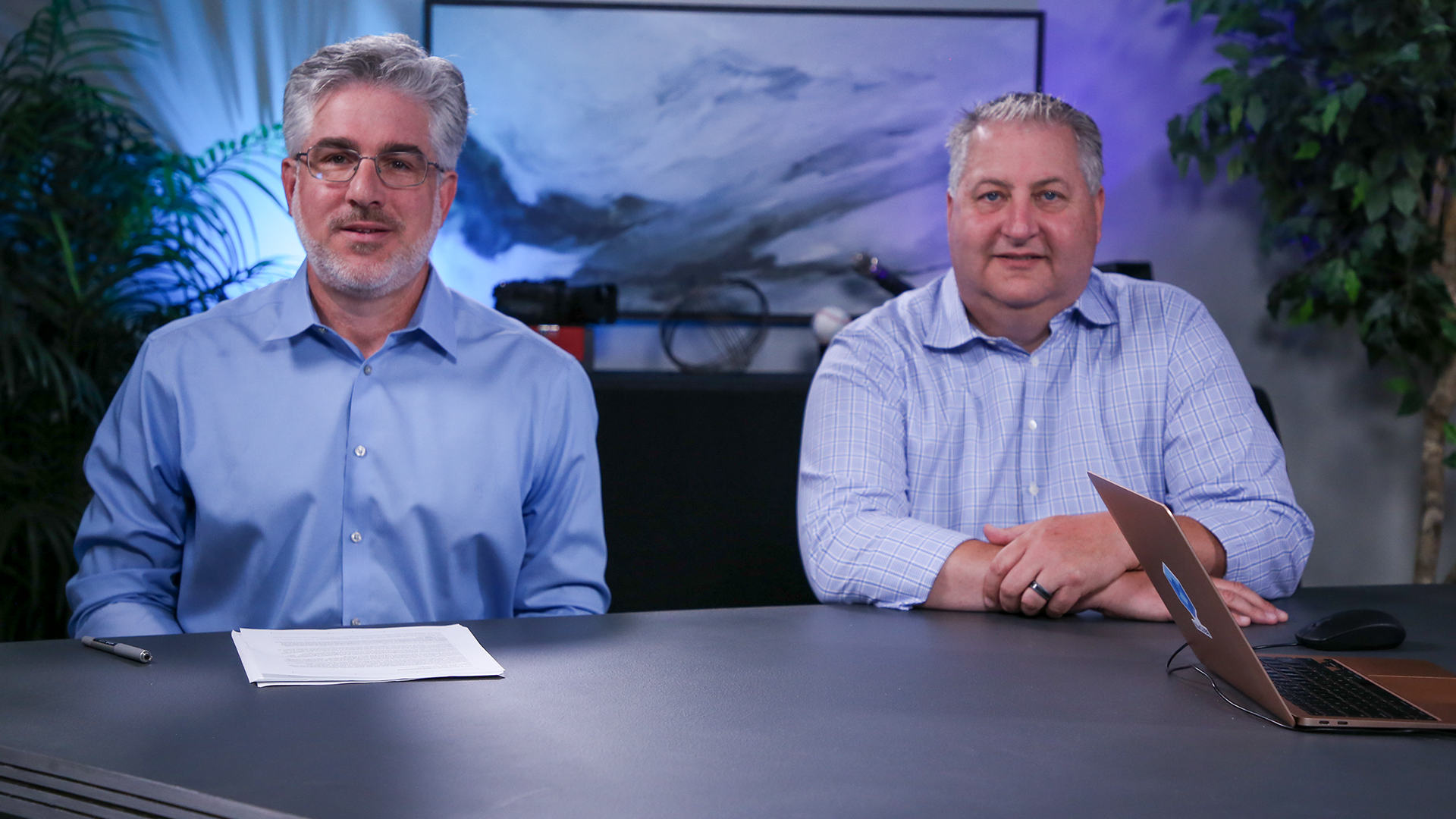 SECURITY
SECURITY
 SECURITY
SECURITY
 SECURITY
SECURITY
Securing enterprise data and workloads has been cited by today’s chief information officers and IT buyers as a number one concern, more so than even cloud computing, analytics and collaboration software.
But these stakeholders, and their companies, must accommodate the friction from these initiatives with their business goals. That’s where the principle of trusted infrastructure comes in, as it allows enterprises to be secure but also agile.
“Zero trust had been a buzzword for a long time, but, now … a lot more people are taking it a lot more seriously,” said Steve Kenniston (pictured, right), senior cybersecurity consultant at Dell Technologies Inc. “But, ultimately, if you don’t have trust [in] devices, applications or data, you can’t get at it. The question is, can you implement that, as well as allow the business to be as agile as it needs to be in order to be competitive?”
Kennison and Pete Gerr (pictured, left), senior consultant of cybersecurity and resiliency marketing at Dell, spoke with theCUBE industry analyst Dave Vellante at the Dell Infrastructure “A Blueprint for Trusted Infrastructure” event, during an exclusive broadcast on theCUBE, SiliconANGLE Media’s livestreaming studio. They discussed Dell’s approach and philosophy around the trusted infrastructure concept. (* Disclosure below.)
Dell’s trusted infrastructure concept has always existed; it’s just had to adapt to the changing ways through which the company’s servers, networking, data protection and storage are being consumed, according to Gerr.
“Dell trusted infrastructure, for us, is a way for us to describe the work that we do through design, development and even delivery of our IT systems,” he said.
The principle places equal emphasis on the infrastructure within which data and workloads are positioned and on the data itself. This approach is more pertinent today and contrasts the erroneous view of cloud as a “panacea” for security threats, rather than an attack surface in itself, according to Gerr.
Dell’s view on cybersecurity puts a particular focus on cyber resiliency, the ability for organizations to respond to or recover from threats after the fact.
“We call that resiliency,” Gerr explained. “Organizations need to build resiliency across their organization so not only can they withstand a threat, but they can respond, recover and continue with their operations.”
Here’s the complete video interview, part of SiliconANGLE’s and theCUBE’s coverage of the Dell Infrastructure “A Blueprint for Trusted Infrastructure” event:
(* Disclosure: TheCUBE is a paid media partner for the “A Blueprint for Trusted Infrastructure” event. Neither Dell Technologies Inc., the sponsor for theCUBE’s event coverage, nor other sponsors have editorial control over content on theCUBE or SiliconANGLE.)
Support our mission to keep content open and free by engaging with theCUBE community. Join theCUBE’s Alumni Trust Network, where technology leaders connect, share intelligence and create opportunities.
Founded by tech visionaries John Furrier and Dave Vellante, SiliconANGLE Media has built a dynamic ecosystem of industry-leading digital media brands that reach 15+ million elite tech professionals. Our new proprietary theCUBE AI Video Cloud is breaking ground in audience interaction, leveraging theCUBEai.com neural network to help technology companies make data-driven decisions and stay at the forefront of industry conversations.